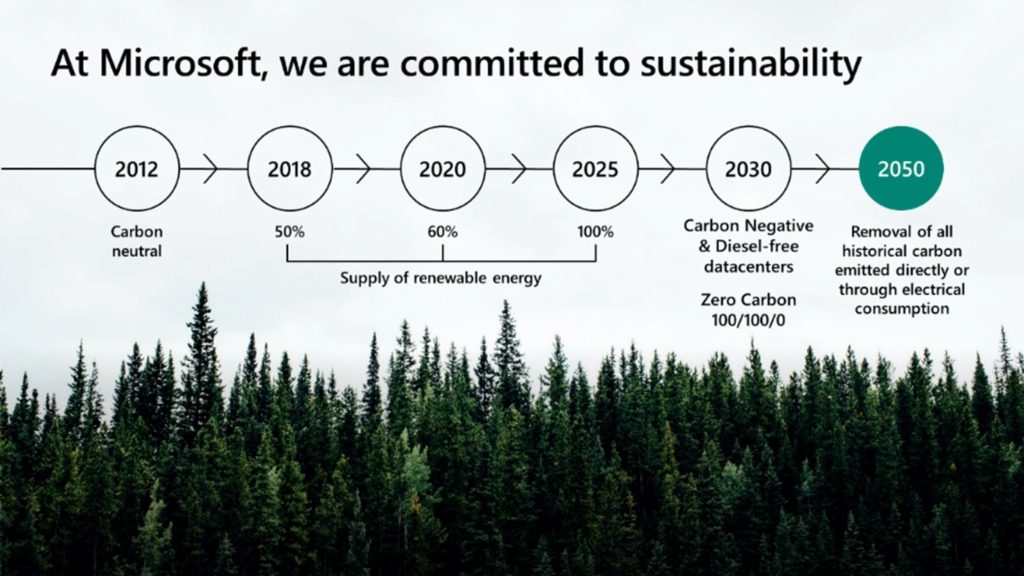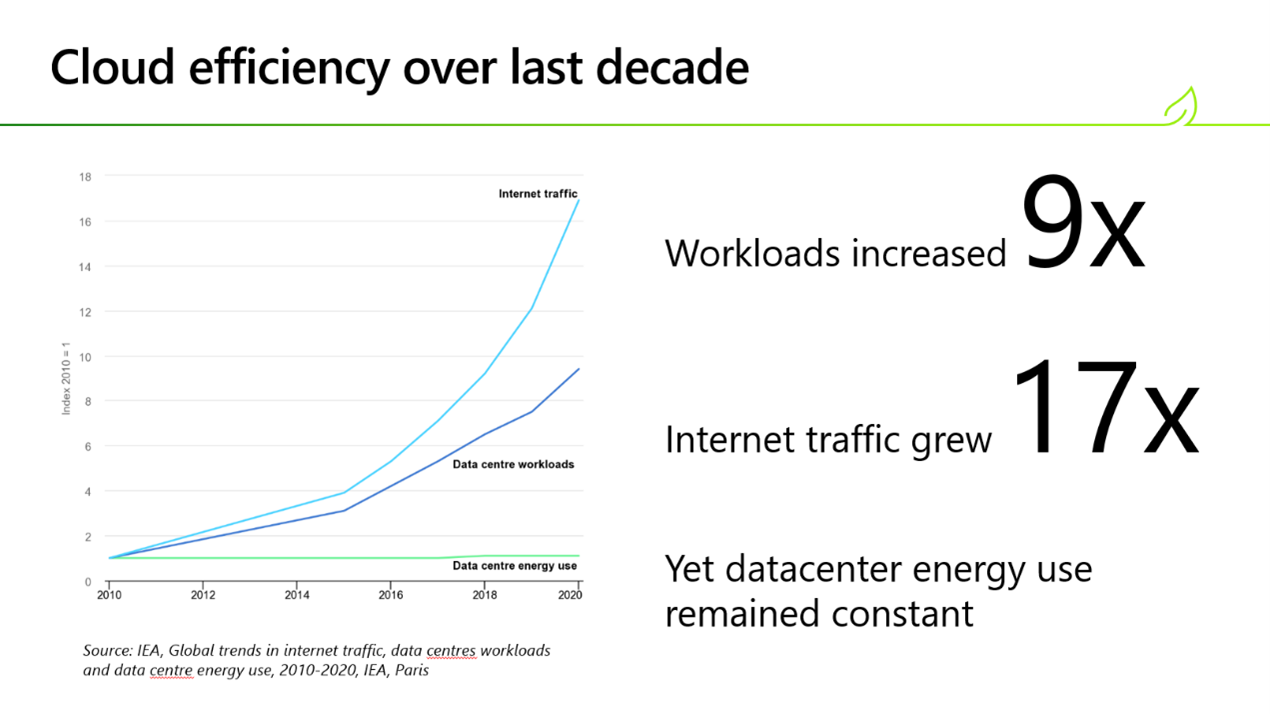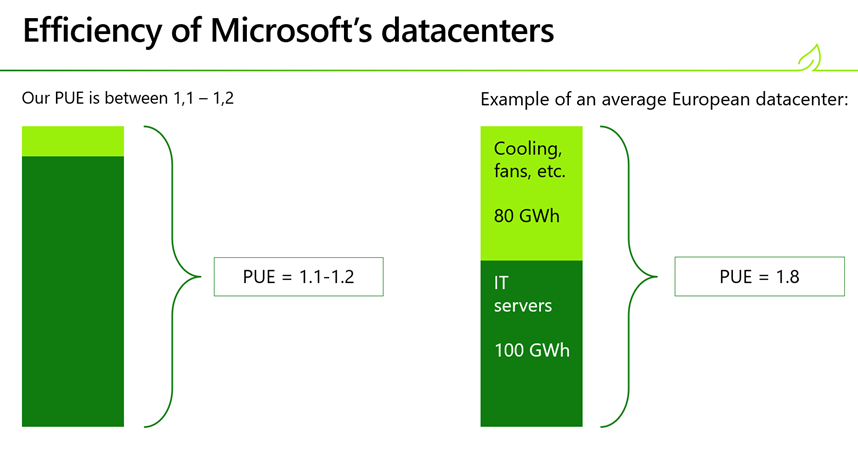Microsoft Finland datacenter – town hall summary
Microsoft understands the importance of listening to members of the data center community and is committed to supporting Finland’s green change. In May 2022, Microsoft organized virtual public events for the residents and community of Espoo and Kirkkonummi regions. The events announced cooperation and projects, answered residents’ questions and heard feedback on datacenter plans in these areas.
Residents of Espoo and Kirkkonummi, representatives of the media and other stakeholders were invited to these two events with the same content, which featured local Microsoft leaders, including Sirte Pihlaja, who is responsible for resident listening in the Finnish datacenter area, Fama Doumbouya, Business Director of Azure Finland, Frej Werner, Head of Construction of the Data Centre Area, Susanna Mäkelä, Director of Public Relations, and Patrik Öhlund, Director of Energy at EMEA.
The agenda for the public events included:
- What is a data center?
- Microsoft Data Center Project Progress Report
- Microsoft and environmental responsibility
- Data centers and energy
What is a data center?
Technology changes every aspect of our lives – the way we live, work, learn and play. As Fama Doumbouya said, technology is no longer a separate part of our world, but is an integral part of our daily lives – places, things, homes and cities. Digital technology and cloud computing are transforming every area of our lives and all areas of our economic activity. Today, every company is a software company, and increasingly interaction is digital.
Services such as email, online banking, online shopping and mobile apps all depend on the cloud services provided by data centers. Work has changed with cloud services run in data centers, for example, the same document can be worked on by several people who do not even need to be in the same country. A big advantage of centralized data centers is that more than one company can utilize server capacity, leaving it unused. This significantly reduces CO2 emissions compared to if each organization maintained its own servers.
Finnish organizations such as Nokia, Outokumpu, the Tax Administration and Cramo among others all rely on the Microsoft cloud.
Microsoft Data Center Project Progress Report
Microsoft plans to build a completely new data center area in Finland, Espoo and Kirkkonummi. Before the location was selected, numerous target options were explored from all over southern Finland. The selected locations meet, among other things, the following criteria:
- Interest of potential customers in data center services
- Black fiber and low latency
- Adequate electrical capacity and quality
- Minimal risk and safety profile
- Good air quality and cool climate
- Land and zoning
- Municipal engineering and infrastructure
The subprojects in the Espoo region include Fingrid’s new substation, which serves the whole of Espoo; Fortum heat recovery plant and district heating network; park, street and municipal engineering in the city of Espoo; Microsoft Power Grid Connections; and Microsoft’s regional fiber network.
The first Espoo datacenter building will be completed approximately 48 months after the start of the project and the second building approximately 60 months after the start of the project.
Similarly, the ancillary projects in the Kirkkonummi area include Fingrid’s new substation, which serves the whole of Kirkkonummi; Fortum heat recovery plant and district heating network; park, street and municipal engineering in the municipality of Kirkkonummi; Microsoft’s power grid; and Microsoft’s regional fiber network.
The first Kirkkonummi datacenter building will also be completed approximately 48 months after the start of the project and the second building approximately 60 months after the start of the project.
These construction projects will be a significant investment and will be very labor intensive. The total area of data centers in Espoo requires approximately 8,000 man-years for construction locally and the total area of the Kirkkonummi data centers is approximately 11,000 man-years. Many of the components and ICT technology needed for the construction of the data center are manufactured elsewhere, and the related working years are not included in the figures above.
Datacenters increase local employment opportunities. The number of employees varies during the construction and operation phase. During the field work during the construction phase, the need for construction personnel is approximately 50-100, while during the various phases of the project 300-450.
The final number of personnel in the operating phase depends on the capacity of the data center, but in the early stages the need is about 45 people, and it can reach up to 220 people. The datacenter’s employees include operational and construction workers employed by Microsoft, main contractors, subcontractors, and other external suppliers.
Microsoft and environmental responsibility
Susanna Mäkelä, Director of Public Relations at Microsoft Finland, spoke about Microsoft’s sustainability commitments. Microsoft strives to ensure that new data centers in Finland are among the most sustainable in the world and aligned with Finland’s green change.
Microsoft’s General Sustainable Development Goals (SDGs) were presented during the event. Microsoft wants to be carbon negative by 2030, as well as remove from the environment by 2050 all the carbon the company has released into the environment since its inception in 1975. Microsoft’s goal is to be water positive by 2030, which means Microsoft will produce more clean water than it consumes. Microsoft is also committed to ensuring that its data centers do not generate waste in landfills by 2030. Globally, Microsoft is committed to reducing water used to cool data centers by up to 95% by 2024. In Finland, air will, as a rule, be used for cooling datacenters. For days when the air temperature rises above 29.4°C, the cooling utilizes the rainwater collected and purified in the own water treatment plant.
Microsoft has developed its own Circular Centers to achieve the goals of “zero waste” and to reuse server facilities as efficiently as possible. Microsoft uses the reverse supply chain management solution for recycling centers to manage inventory functions such as inventory processing, handling of disused servers, and component collection. This system enables optimized reuse, resale, and recycling of decommissioned assets and supports Microsoft in meeting ambitious 2030 sustainability goals.
Microsoft will protect and restore more land than it will use by 2030. Cooperation with Finnish organizations to comply with the principles of the net benefit of biodiversity (biodiversity net gain) is also important. This means that Microsoft is conducting (and has already begun) extensive research to understand local biodiversity. These principles help Microsoft avoid as much waste as possible and reduce the duration, intensity, and/or extent of impacts that are unavoidable. However, if there is waste, these principles are used to produce a landscape and an ecological management plan.

Patrik Öhlund, Microsoft’s director of energy for Europe, the Middle East and Africa, spoke about Microsoft’s energy sustainability commitments. The key to reducing the carbon impact is both improving energy efficiency and expanding clean energy procurement.
The image above shows Microsoft’s commitments to reducing CARBON emissions worldwide. As Patrik described at the public event, Microsoft’s energy strategy in Finland is even more ambitious than this. From the very beginning, Microsoft will use 100% renewable energy, 100% of the time. Microsoft actively supports the development of new renewable production in Finland locally to cover the energy consumption that Microsoft needs.
As Microsoft moves its data centers to zero-carbon energy sources, customers using Microsoft’s server platform are reducing their own carbon-based energy use. With sustainability commitments, Microsoft supports the development of new renewable production in Finland by serving its customers with a product that is intended to be more energy efficient than these organizations could achieve on their own. To ensure the efficiency of cloud energy, Microsoft collects as much energy as possible that is used to heat homes. It is estimated that Microsoft will be able to recover and re-utilize 70-85% of the heat generated in the data center area.

How efficiently the data center uses energy is measured by the efficiency of power use (PUE). Compared to the average European data center, Microsoft data centers have proven to be more energy efficient.

Read more
Frequently asked questions: Finland datacenter – Microsoft Local
Suomi datacenter community blog
Take an interactive look at the inside of a Microsoft datacenter
Fuel safety and sustainability are core to continuous delivery of the Microsoft cloud
Innovative cooling solutions reduce datacenter water consumption
Microsoft datacenters create family-wage operations jobs and long-term construction job

